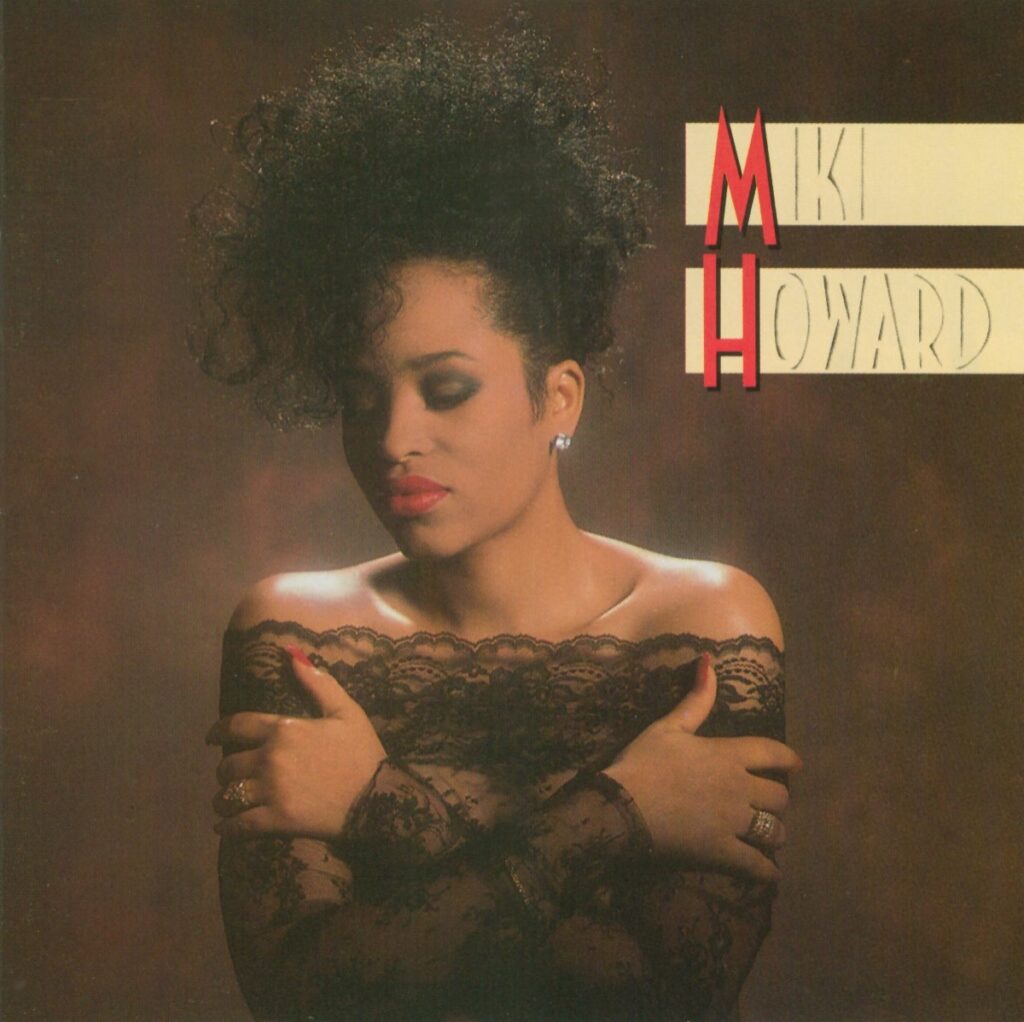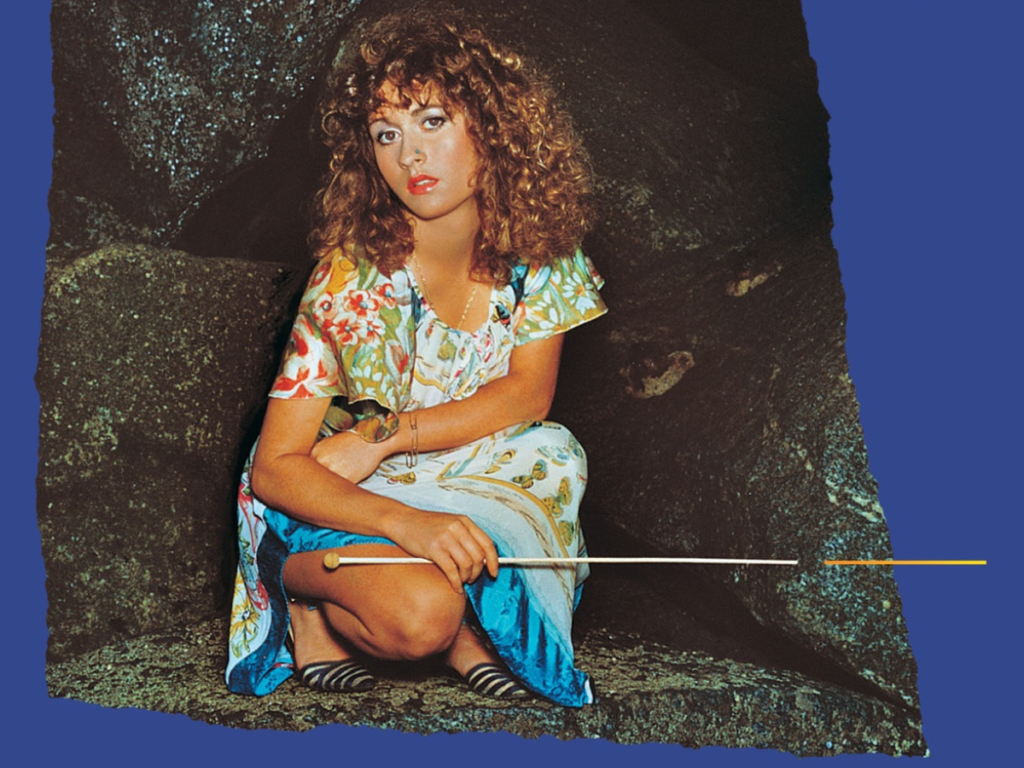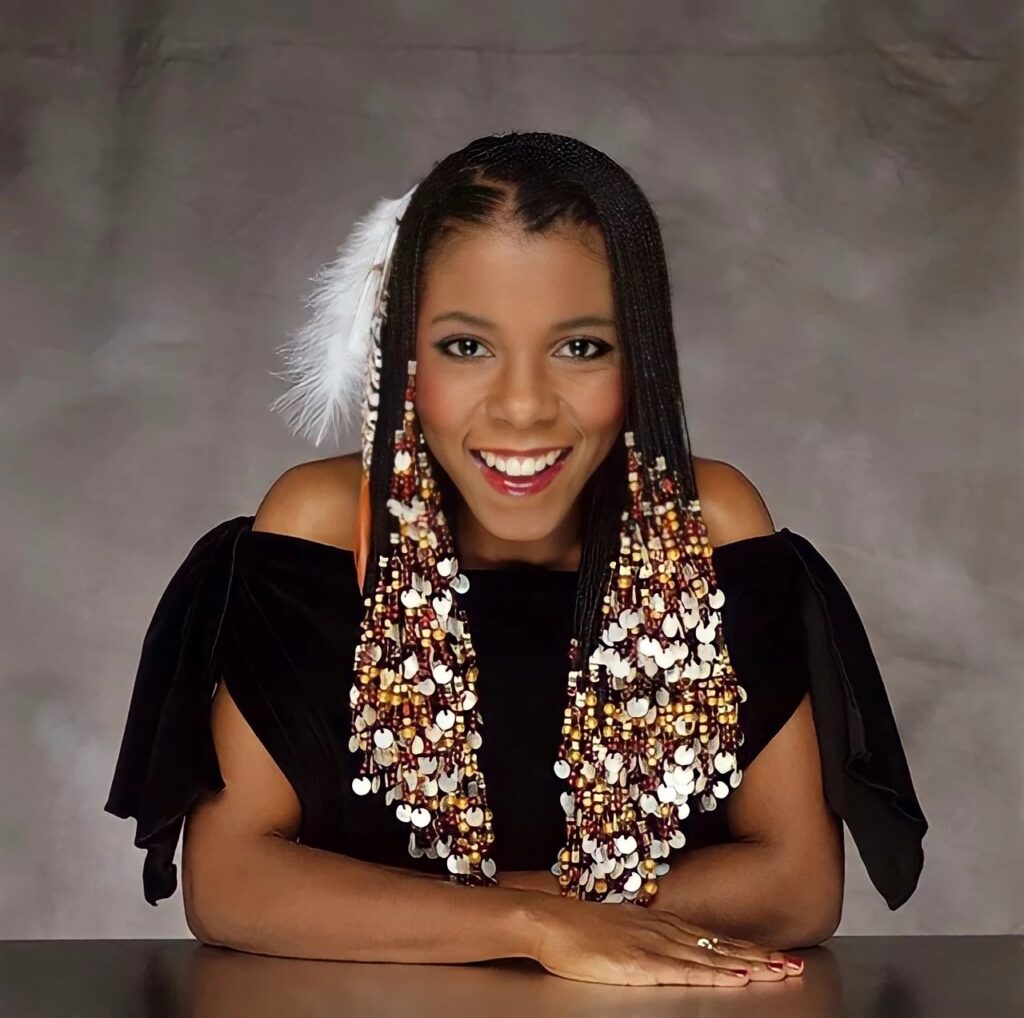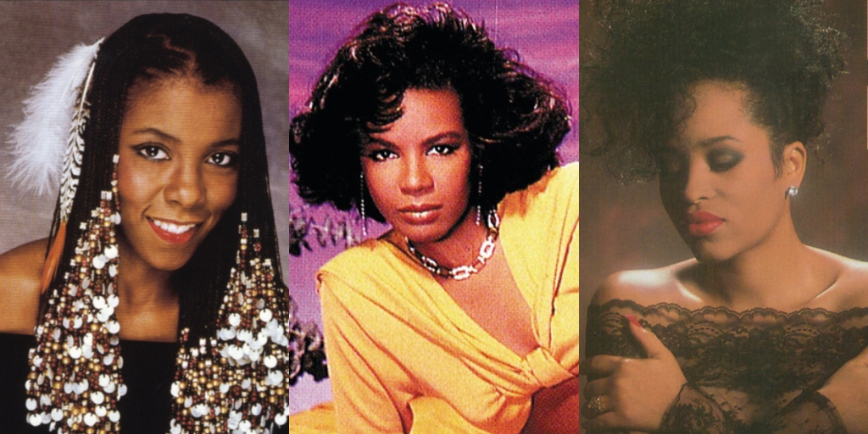Like Aretha Franklin’s 1985 song (“Sisters Are Doin’ It for Themselves“), female R&B singers in the ‘80s were blazing their own trails.
Dominating their respective fields, women were taking their careers into their own hands.
In a male-dominated industry, women gained confidence that allowed them to thrive and be successful amongst the unique challenges they faced.
Just as those tides were changing, so was the music scene. Coming from the ‘70s with funk and generous instrumental support, the following decade dove headfirst into utilizing electronic, digitized features.
Synths became a standard, and electric drum machines were commonly used. In addition to the new technological developments, the conflation of R&B and pop was starting to emerge.
Women were topping the charts, teetering between the two. Due to their sensation, the amplification of R&B began to bleed into popular music, causing the genre to advance on a larger scale.
Janet Jackson’s career breakthrough took place mid-decade with Control and was a crossover smash, even with the seeming intent to appeal more to Black audiences.

Despite apprehension about how her music would be perceived, Whitney Houston’s rise occurred during the same time, a testament that Black music, regardless of genre, is popular music.
As megastars like Jackson and Houston soared, a number of other women were finding firm recognition among the sole genre itself.
Newcomers Anita Baker and Sade stamped their flag firmly with their mysteriously jazz-infused resonance, becoming an unspoken symbol for R&B and the quiet storm radio format.

Cornerstone figures like Patti LaBelle and Evelyn “Champagne” King, who emanated a decade prior, also gained esteem.
Many focus on the large names, but a handful of women are to be credited with molding the pure R&B sound during the pivot in pop culture.
They solidified their names in upholding and championing R&B, while some unknowingly embarked on a new frontier whose traces presently hold precedence.
Below are 10 female R&B singers responsible for helping guide the genre in the 1980s.
Regina Belle
Radio played a big part in artist discovery in Regina Belle’s case. New York radio DJ Vaughn Harper introduced Belle to the R&B group The Manhattans, granting her a start as a singer.
Belle started off as their opening act before recording the duet “Where Did We Go Wrong,” which caught the attention of execs at Columbia Records.
Blending R&B and soft jazz, her vibrantly silken voice infuses a commanding force that prompts listeners to allow their emotions to flow.
Classic hit slow jams like “Baby Come to Me” and “Make It Like It Was” from 1989’s Stay With Me were mainstays on late-night radio.
Forever embedded in our childhoods, her duet “A Whole New World” with Peabo Bryson was the award-winning theme song for the Disney movie Aladdin.
Cherrelle
Bringing a lively and fun aspect to the genre, Cherrelle had the jams for the dance floor and the way back home from the club.
The Tabu Records signee joined forces with rising super-producers Jimmy Jam and Terry Lewis to enhance their signature sound.
Cherrelle’s soft soprano voice gave way to a sound that was easy to follow and ardently sing along with the rhythmic and synth-laden production.
Her prominent songs are well-known duets but her solo tracks offer an equal satisfaction that arouses the same amount of sassy assuredness.
Cherrelle’s sound was a pillar for the decade, beginning to heighten a popular sound by incorporating a soulful and funky aspect.
Miki Howard

Miki Howard’s grandly enveloping voice is a byproduct of her gospel roots and heavy jazz influences.
As a teenager, she was on her way to pursuing a music career when, at age 19, she joined R&B band Side Effect as one of their vocalists.
A few years after leaving the group, her demo landed her a record deal with Atlantic Records.
She remained in her lane of romantic and lovelorn numbers that exuded a slight dramatism that was palatable and well-received.
Howard’s ability to draw from older vocal variations while maintaining her original sound proved her talent was one to regard.
Chaka Khan
After gaining much success in the ‘70s as the lead singer of funk band Rufus, Chaka Khan was destined for a solo career. Her fulfilling hearty range and character-adding rasp mustered an excitement that truly can’t be contained.
Lyrics aside, Khan’s powerful vocals tell a story, gradually building a swelling momentum by the time she reaches her famed high register.
Her popularity steadily grew throughout the years, but she became a mega success for her 1984 album, I Feel For You.
Khan comfortably modified her sound as time went on, churning out seven solo albums during the decade. She possesses the propensity to continue injecting her vibrant spirit into any musical pocket she chooses to tap into.
Teena Marie

Creative control is everything artists dream of. To simultaneously be trusted to deliver and keep true to your craft may be a hurdle, but it didn’t seem to faze Teena Marie.
She wrote, produced and arranged about 90 percent of her music, showing that women were much more than just a piece to put on stage.
Paired with her technical talents, Marie’s distinctive voice added electrifying energy that amplified her heterogenous contribution in the midst of the fine-tuned music terrain.
Her twist on R&B contained an authentic element of funk that was sincerely accepted.
As the Ivory Queen of Soul, she respected the genre, its predecessors and her contemporaries, confirming that soul can come from anyone.
Stephanie Mills
Starting a professional career on Broadway at the age of nine foreshadowed Stephanie Mills’ success later on.
Two years later, she won the famous Amateur Night at the Apollo Theater a record six times and played the coveted role of Dorothy in the Broadway production of The Wiz at 15, pivotal points that helped launch her solid career.
Her vigorous and robust soprano is a performance in itself credited to her start. Mills’ aptness to have immense control over her extensive vocal scope is unanimously respected.
The unparalleled vocalist consistently bestowed numerous impassioned moments throughout the decade, validating her as an eminent figure within contemporary R&B.
Meli’sa Morgan
With an embedded sultriness in her voice, Meli’sa Morgan made the struggle aspects of a relationship sound less torturous.
Serving as a backup singer for the likes of Whitney Houston and Chaka Khan, her pipes could undisputedly hang with the best of her peers.
Her most recognizable track is the notable and daring rendition of Prince’s “Do Me Baby.” Slightly slowed down and a touch more elaborate, the ’80s-revamp version of the deep cut garnered a recognition that most could dream of.
The quality of Morgan’s work was impactful to a degree, with staple cuts like “Fool’s Paradise” that transcended radio and into our hearts.
Patrice Rushen

As one of the few women in the industry who was producing and arranging for themselves at the time, Patrice Rushen played a major part in helping to shatter that glass ceiling.
Aside from her own music, the classically trained pianist contributed to songs for others like Minnie Riperton and her friend Teena Marie. Already established in the jazz sector, Rushen’s transition to the R&B/dance side wasn’t a hard feat.
She brought a worldly essence steeped in healthy analog instrumentation while the majority of artists were transitioning to digital aspects. Her balmy presence was a mellow option for those who wanted to be whisked away by a groove.
Karyn White
R&B transformed into other identities throughout the ’80s. In New Jack Swing, specifically, Karyn White is one of the significant female voices synonymous with the high-energy subgenre.
Experiencing great success with her 1988 eponymous debut album, her work with Babyface and L.A. Reid led her to a platinum-selling LP that signified the tail end of the decade.
The album was an ideal peek into where the genre was moving, displaying soulful hip-hop/dance jams and rousing mid-tempo love songs with the signature electric guitar breakdown. White’s firmly sweet voice assisted in carrying this fresh sound into a new era.
Angela Winbush
Angela Winbush had a lot to prove for her solo career. She got her start singing background for the illustrious Stevie Wonder.
While spending time in Los Angeles, she met her writing partner and formed the R&B group Rene & Angela. The duo co-wrote and co-produced for other artists and found considerable success for themselves, but it was necessary for Winbush to go off on her own.
She began to write, produce, arrange, and mix for herself and a few fellow singers, including Stephanie Mills‘ “Something in the Way (You Make Me Feel).”
Breaking out with her debut album, Sharp, in 1987, she became one of the few accomplished Black female producers in the industry during that period. On the flip side, Winbush’s emphatic manner of singing was the result of a resolutely piercing delivery that was especially thrilling.
Stream Rated R&B’s Women of the ’80s playlist on Spotify and Apple Music.

